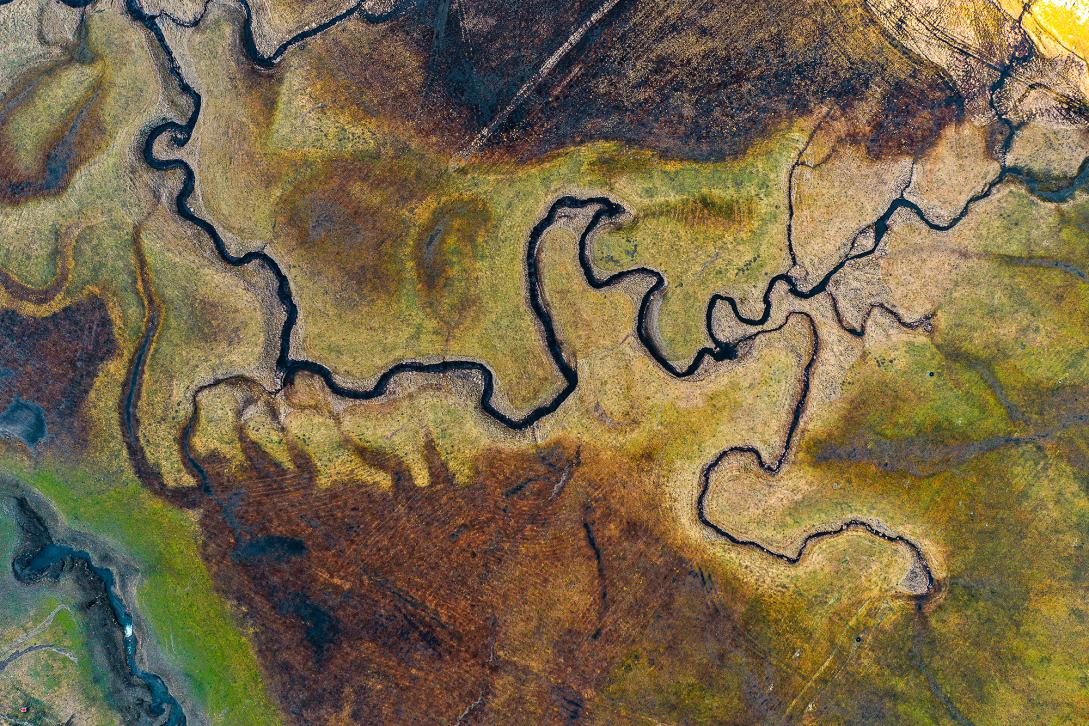The Most Beautiful Waters of Montenegro on Gorica Hill

To mark World Environment Day, Europe House, the Agency for the Management of Protected Areas of Podgorica (AZUP), and the Water Administration of Montenegro opened the exhibition "The Most Beautiful Waters of Montenegro—Pure Water, Pure Art" on Gorica Hill.
This exhibition showcases works from the photo competition organised by the Water Administration of Montenegro, which was held in December of last year in collaboration with Europe House and supported by the EU4ME project.
Under the slogan "Different Experience of Water," this year’s EU Green Week promotes water resilience and the fight for higher quality and cleaner water through various activities and initiatives. "Water is a key resource, essential for people, nature, and a sustainable economy. Through this exhibition, we celebrate water and wish to invite citizens to experience Montenegro's waters differently," said Manja Babić from Europe House.
The goal of World Environment Day is to raise ecological awareness, motivate active thinking about environmental issues, and encourage collaboration to ensure a greener future.
" World Environment Day is a special occasion when everyone talks about the importance of the environment and its preservation. Since pictures speak more than a thousand words, I hope these 18 photos and their beauty will inspire those who see them to help preserve this beauty for future generations," said Jasna Gajević from the Agency for the Management of Protected Areas of Podgorica.
The story of Montenegro's water wealth is told across 18 panels of the exhibition.
"Water is our most precious resource and forms the foundation for the survival of life and the preservation of biodiversity. The Water Administration of Montenegro is dedicated to protecting and improving water quality, not only because of its vital role in everyday life but also because of its importance for future generations.
The exhibition “The Most Beautiful Waters of Montenegro –Pure Water, Pure Art” is an opportunity for us all to remember how beautiful our waters are and how important it is to keep them clean and healthy. We invite all citizens to experience the beauty and importance of water through this exhibition because only through joint efforts can we ensure a sustainable future for all," said Vesna Bajović, Director of the Water Administration of Montenegro.
Visitors of the Gorica Hill park forest can view the exhibition until the end of June.
Last year, in collaboration with the Agency for the Management of Protected Areas of Podgorica, Europe House installed eighteen panels that were planned to serve as a permanent exhibition space on Gorica Hill. The exhibition space is located at the very entrance to Gorica Hill, which is a protected area and the largest park that is frequently visited by many citizens of Podgorica.
Bees - More Than Honey
Within the framework of Green Week, we visited the Primary School "Đoko Prelević" in the village of Ubli in Kuči and the Primary School "Šćepan Đukić" in Lijeva Rijeka.

Copyright: Evropska kuća
Ana Pajević Tošić, Nature Conservation Advisor from the Agency for the Management of Protected Areas of Podgorica, talked with children about the importance of pollinators for the conservation of the environment, explaining the factors that threaten them and how we can protect them.

Copyright: Evropska kuća
Familiarising with the plant and animal world influences individual awareness and behaviour, contributing to nature’s conservation. Since the role of the individual in nature’s protection is immensely important, such awareness and behaviour should be developed from an early age.

Copyright: Evropska kuća
Students also had the opportunity to dive into the wondrous world of pollinators through the "Pollinator Park." Pollinator Park is a blend of a zoo, theme park, interactive museum, and crystal ball, taking us to the year 2050, and showing what the future holds if we lose insect pollinators. The online Pollinator Park is available at this link.





